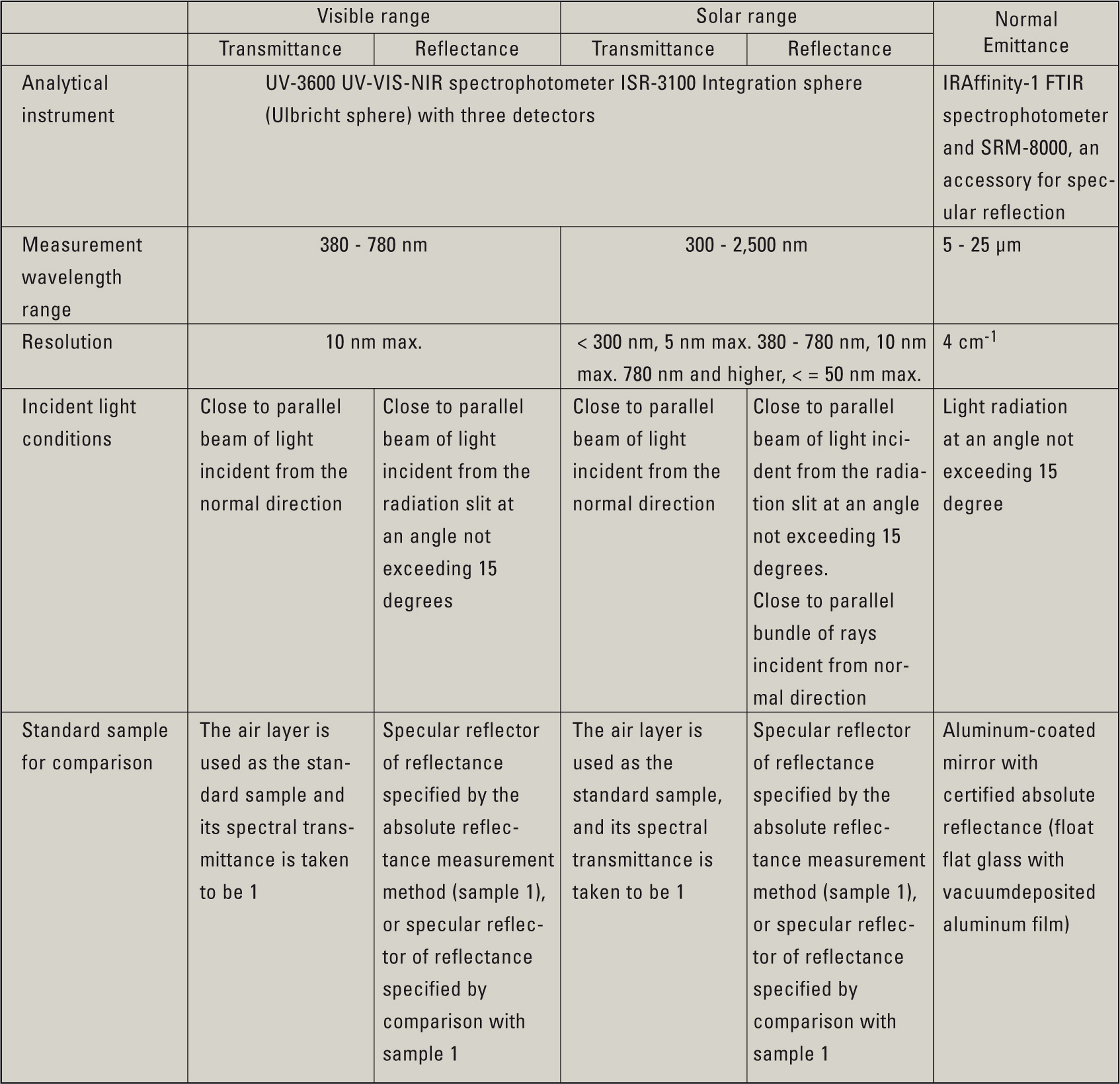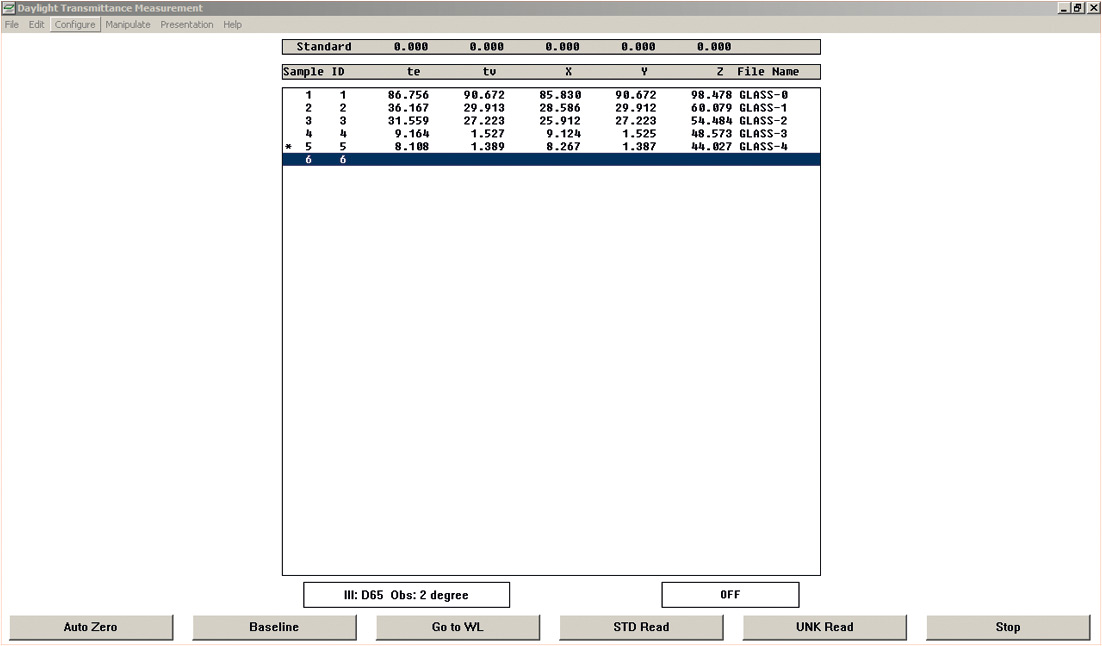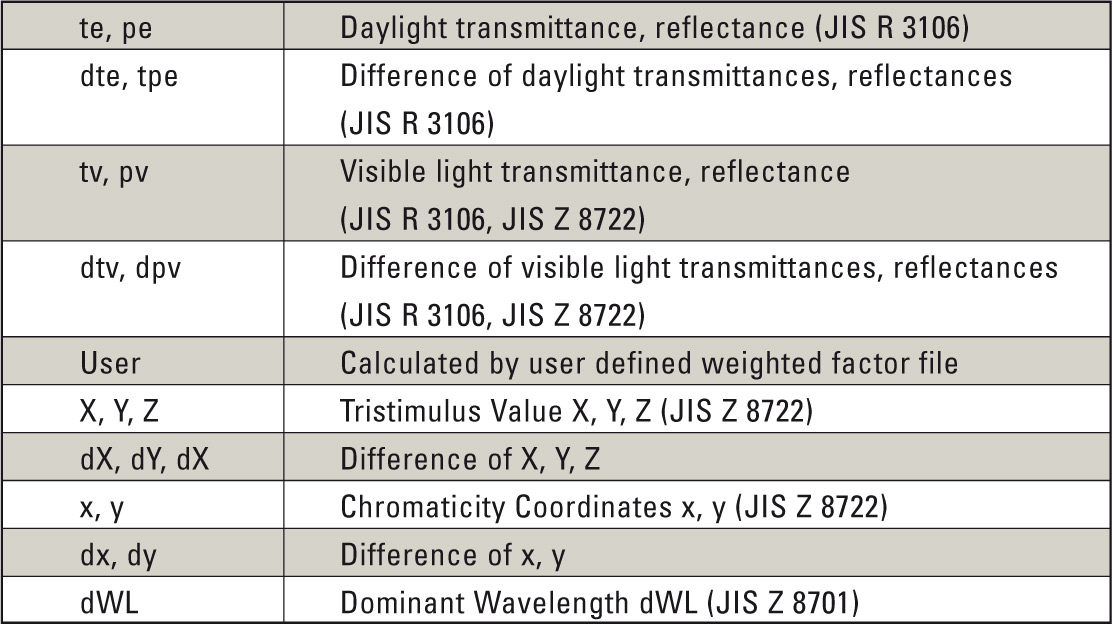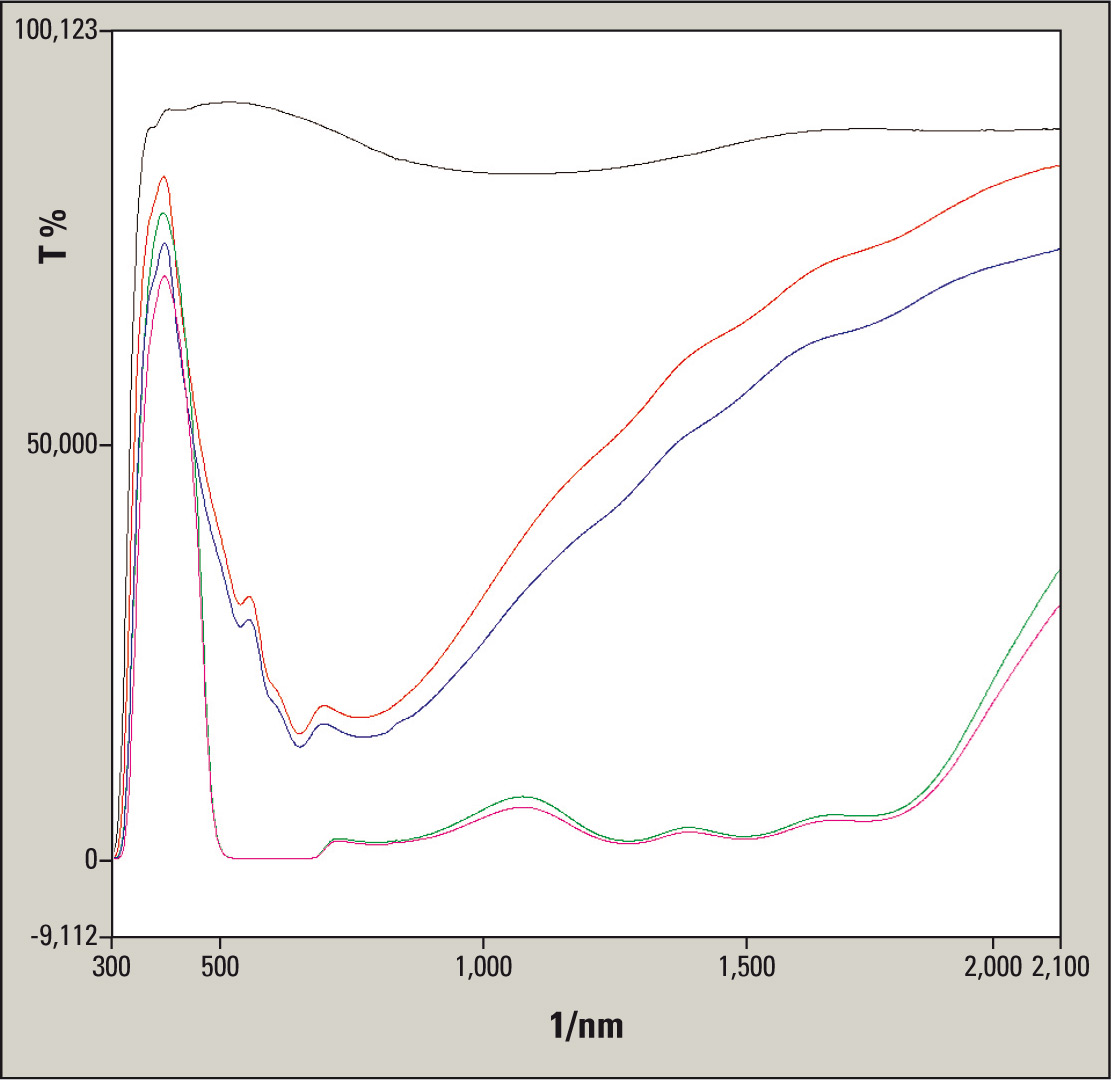Windows in the spotlight – UV-VIS spectroscopy
Determination of the transmittance and reflectance of flat glass in the building industry according to DIN EN 410/JIS R 3106
In the Hitchcock movie ‘Rear Window’, the window opening onto the courtyard was open most of the time. In this way, James Stewart could tolerate the summer heat of 1954 and also see the murder happening in his neighbor’s house. But how, in these times of global warming, can a comfortable indoor climate be provided during the hot summer months? Climate change places increasingly higher demands not only on environmental behavior, but also on our way of life.
In addition to the use of air conditioning systems, efficient use of building materials is also helpful, and windows play a significant role. Use of selected flat glass helps to prevent as much heat as possible from entering the room, while still allowing enough light to pass.
Light transmittance in flat glass
The quality of flat glass in the building industry is tested according to DIN EN 410: ‘Glass in building – determination of luminous and solar characteristics of glazing.’ In Japan JIS R 3106 is applied: ‘Testing method on Transmittance, Reflectance and Emittance of Float Glasses and Evaluation of Solar Gain Coefficient.’ Testing includes light transmittance and reflectance in the visible spectral range of 380 to 780 nm, solar transmittance and reflectance between 300 and 2,500 nm as well as normal emittance in the 2,000 – 400 cm-1 range (5,000 – 25,000 nm as IR measurement).
In the examples shown here, measurements were carried out according to the Japanese industrial standard JIS R 3106. For measurements in the visible as well as in the solar range, Shimadzu’s UV-3600 with the ISR-3100 integration sphere was used. The company’s IRAffinity-1 with a directed SRM-8000 reflectance unit was applied for the determination of the normal emittance. Both instruments can be used in the infrared range (thermal radiation). The UV-VIS-NIR UV-3600 system covers the near infrared (NIR) range, and the FTIR system covers the midinfrared range (MIR).
According to JIS R 3106, the measurement parameters can be listed as shown in table 1.
 Table 1: Instrument measurement parameters according to JIS R3106
Table 1: Instrument measurement parameters according to JIS R3106
Evaluation of results is carried out in accordance with JIS R 3106. A spreadsheet program or optimized software can be used for calculation. Parameters for the visible (te) and solar (tv) transmittance as well as reflectance determined as pe and pv, can be listed using Shimadzu’s ‘Daylight’ software.
 Figure 1: Display of the ‘Daylight’ software with calculation of results
Figure 1: Display of the ‘Daylight’ software with calculation of results
The following standard values can be determined optionally (see table 3).
 Table 3: Tristimulus values which can be determined using the ‘Daylight’ software
Table 3: Tristimulus values which can be determined using the ‘Daylight’ software
As an example, the visible and solar transmittance and the chromaticity values for five types of glass were calculated according to JIS R 3106. The values are listed in table 2 and the UV-VIS-NIR spectra are shown in figure 2. The Standard Illuminant D65 was selected for the calculation as this represents daylight according to the CIE (International Commission on Illumination). An angle of observation of 2° was selected. The results presented show just a small extract of the determination range. [1][2]
 Table 2: Visible and solar transmittance for five flat glass samples with Standard Illuminant D65 calculated under an observation angle of 2°
Table 2: Visible and solar transmittance for five flat glass samples with Standard Illuminant D65 calculated under an observation angle of 2°
 Figure 2: UV-VIS-NIR spectra of glasses in transmittance: black corresponds to Glass-0, red to Glass-1, blue to Glass-2, green to Glass-3 and violet to Glass-4
Figure 2: UV-VIS-NIR spectra of glasses in transmittance: black corresponds to Glass-0, red to Glass-1, blue to Glass-2, green to Glass-3 and violet to Glass-4
[1] Shimadzu Application News No. A396, ‘Daylight Transmittance Application Data of Glass Plate’
[2] Shimadzu Application News No. A404, ‘Glass Plate Analysis in Accordance with JIS R 3106’